According to research by expert Mathilde Velliet, specializing in new technologies and US and Chinese technology policies at the French Institute of International Relations (IFRI), overlapping investment projects in China, the US and Europe seem to have helped their rivals develop strongly in the high-tech sector.
4 strategic areas
According to RFI, Ms. Velliet's research focuses on European and American investments in China between 2003 and 2023 - a time when new technology in China took off very quickly. China's biotechnology and artificial intelligence (AI) are two areas that have attracted early interest from Western partners.
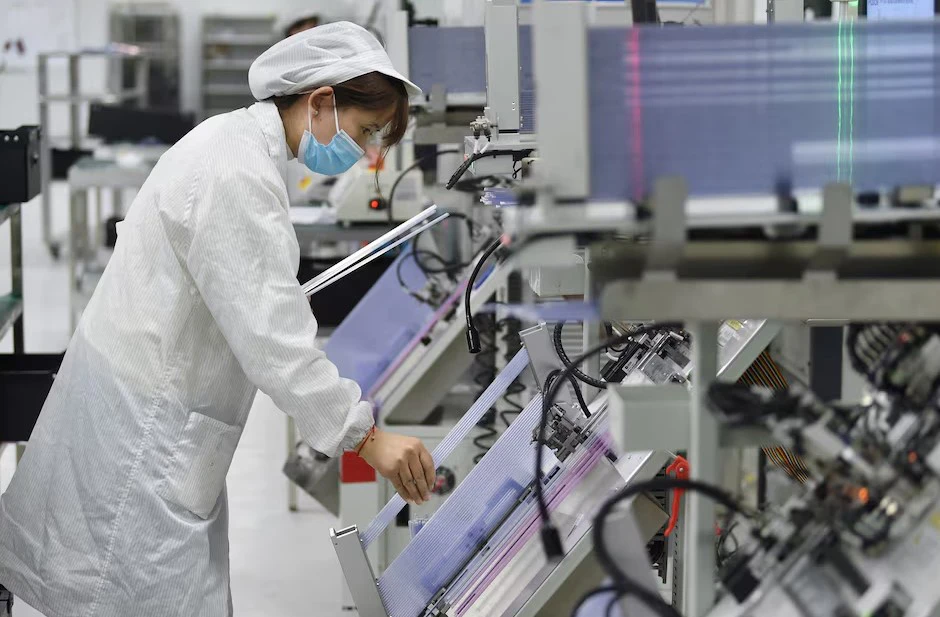
According to Ms. Velliet, the main purpose of the research is first to review whether any of the European and American investment projects in China are "problematic" for the security and strategy of Washington as well as Brussels.
“I have focused on four strategic technology areas: AI, semiconductor technology, biotechnology and quantum information. These are the four “keys” of the entire industry in the future, related to both trade and military . These four areas are also at the center of tensions in Washington and Brussels surrounding European and US investment policies abroad,” said the IFRI expert.
The main difference between the US and Europe is the number of investment projects. In all four areas, the US is the largest source of foreign investment in China, with a total of 1,602 projects over the past two decades. This is much higher than the 149 projects of the European Union (EU) in the same period. In addition, Europe pays much attention to cooperation programs in the field of AI for use in some specific industrial sectors such as the car manufacturing industry or the chemical engineering industry. Germany, for example, invests in projects with China that benefit the car manufacturing industry.
In contrast, US projects are more diverse, covering all four sectors. Another difference between European and US investment projects in China is strategic. However, the White House has passed an executive order to limit direct investment by US businesses in China, while the EU is still in the thinking stage and avoids targeting China directly.
Oil spill
In the four key areas, the US and Europe pay special attention to AI and biotechnology. However, the West is only a minority in all four new technology areas. China and its banks finance 78% of biotechnology and semiconductor development projects; 77% in AI; 84% in quantum computing. To date, the US has directly participated in two investment programs to develop quantum information for Beijing, Italy has one project. However, in all the sensitive areas mentioned above, three-quarters of the European projects that the US is allowed to participate in are joint ventures with Chinese companies.
But why are the US and EU concerned about the relatively small investments (compared to the number of projects) in China? According to Ms. Velliet, what worries Washington now is not only that China has developed thanks to reaping the fruits of US direct investment, but also that it can from there approach many US partners, create prestige to attract more investment projects...
It is this oil spill phenomenon that has helped China's high-tech industry to rapidly rise. Meanwhile, Brussels is particularly concerned about the prospect of European investment allowing China to improve its military capabilities, develop cyber-attack tools...
Through the research of IFRI experts, we can see the complexity and overlap in the relationship between American and European corporations with China. And so, it will not be easy to apply sanctions on Chinese companies when these businesses are so closely linked with the leading high-tech corporations of the United States, with the largest investment funds of the United States.
There are currently at least two German projects in China that are directly related to entities blacklisted by the US (projects contrary to US interests). France invested in China through Cathay Capital, but since the beginning of January 2024, one of Cathay's members has been placed on the sanctions list by Washington.
Even in the US, out of 1,602 US investment projects in China, there are 12 Chinese entities in the fields of AI and semiconductor technology on the “blacklist”…
PEARL
Source: https://www.sggp.org.vn/phuong-tay-giup-trung-quoc-phat-trien-cong-nghe-cao-post751460.html


![[Photo] General Secretary To Lam chairs the meeting of the Central Steering Committee on preventing and combating corruption, waste and negativity](https://vphoto.vietnam.vn/thumb/1200x675/vietnam/resource/IMAGE/2025/9/29/fb2a8712315d4213a16322588c57b975)
![[Photo] General Secretary To Lam receives US Ambassador to Vietnam Marc Knapper](https://vphoto.vietnam.vn/thumb/1200x675/vietnam/resource/IMAGE/2025/9/29/c8fd0761aa184da7814aee57d87c49b3)
![[Photo] General Secretary To Lam attends the ceremony to celebrate the 80th anniversary of the post and telecommunications sector and the 66th anniversary of the science and technology sector.](https://vphoto.vietnam.vn/thumb/1200x675/vietnam/resource/IMAGE/2025/9/29/8e86b39b8fe44121a2b14a031f4cef46)
![[Photo] Many streets in Hanoi were flooded due to the effects of storm Bualoi](https://vphoto.vietnam.vn/thumb/1200x675/vietnam/resource/IMAGE/2025/9/29/18b658aa0fa2495c927ade4bbe0096df)
![[Photo] National Assembly Chairman Tran Thanh Man chairs the 8th Conference of full-time National Assembly deputies](https://vphoto.vietnam.vn/thumb/1200x675/vietnam/resource/IMAGE/2025/9/29/2c21459bc38d44ffaacd679ab9a0477c)








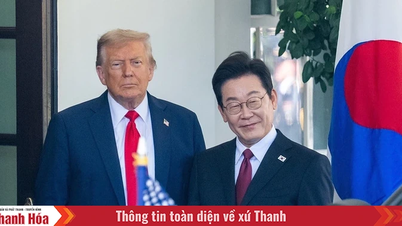

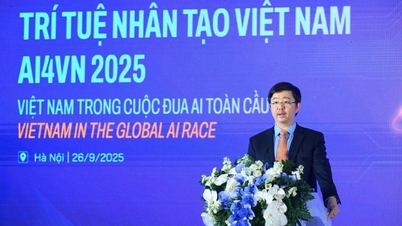



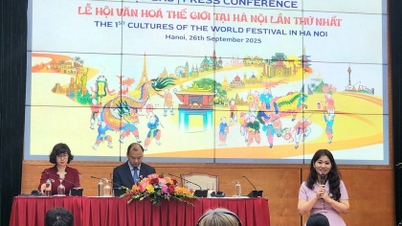


























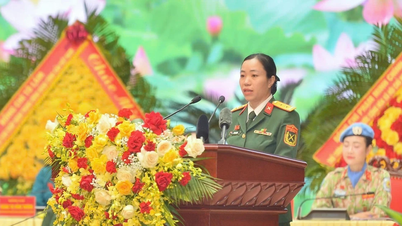

















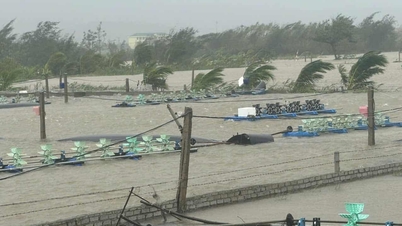







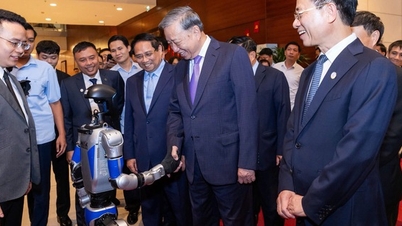


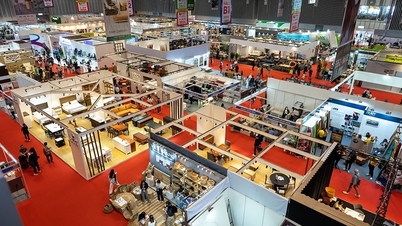


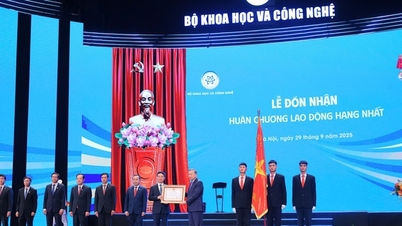









![[Infographics] An Giang tourism makes a spectacular breakthrough](https://vphoto.vietnam.vn/thumb/402x226/vietnam/resource/IMAGE/2025/9/30/e472f9f3f91d407ba4b7de460fb0481d)












Comment (0)